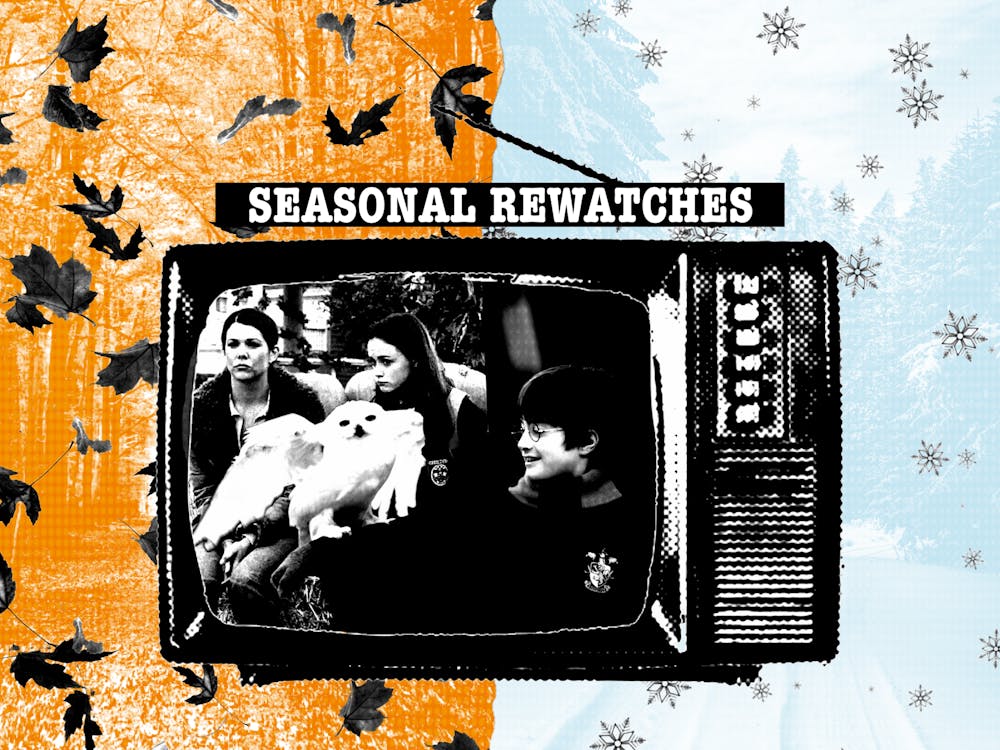Unlock phone.
Check Instagram, Twitter, Snapchat, Facebook.
Repeat.
Three hours later, you snap back to reality only to realize you’ve found yourself deep in a rabbit hole of dog videos on Instagram because you miss our four-legged friends walking around campus every day.
If you’re like me, you hate to admit you spend the majority of your day lying in bed and scrolling through all your social media in a never-ending cycle. It’s embarrassing, but you feel a sense of comfort because you remember it’s become the norm with many other students while you continue to check your friends' Snapchat stories. I mean, how else are you going to keep up with everyone while maintaining social distancing?
Junior inclusive special education major Sydney Fowler shamefully admits that since being quarantined, she spends an average of four hours a day on TikTok.
“The funny thing is, TikTok is a part of my daily to-do list,” Fowler joked. “I’m trying to create a brand at this point.”
Since the stay-at-home order went into effect in Ohio, Fowler, a former dancer, has posted more than 80 TikTok videos on her account. The majority of her TikTok posts are dance challenges, giving her the excuse to relive her former hobby.
“It’s therapeutic to get up and learn a TikTok dance,” she said. “It makes me happy. I could easily just be laying in bed all day.”
Prior to quarantine, Fowler was familiar with TikTok but didn’t use the app as frequently. Her newfound addiction has reached the point where she’s strategic in the content she posts.
“I posted a ‘sorority girls during quarantine’ video,” she said. “I knew it was a video that a specific group of people could relate to and I could get a good amount of views.”
Fowler’s efforts didn’t go unnoticed, even reaching her childhood inspiration Demi Lovato.
Enjoy what you're reading?
Signup for our newsletter
“I saw she was reposting videos of people making a dance to her song [‘I Love Me’] and I was like ‘Oh my gosh, I need to do this,’” she said.
Just three days later, Lovato reposted Fowler’s dance. The video now has more than 90,000 views.
While not yet a TikTok user, recent Miami alum Cody Loveless found himself scrolling through Snapchat, Facebook and Twitter more frequently with his extra time at home. Out of boredom, he found himself reactivating his deserted Instagram account from high school.
“I used all the main apps so much that I thought, why not add one more?” Loveless said.
Apart from increased social media use, his overall screen time has increased due to work-from-home orders. In his free time, he can’t help but gravitate toward his phone to see what other people are up to.
Although not routinely, Loveless tries to get away from his computer from time to time.
“I try to make a point to spend at least an hour outside without my phone or computer,” Loveless said. “[Sometimes] I go for drives for 30 minutes as a way to get out of the house.”
One student who is not making much of an effort to limit his screen time is senior earth and life science education major Michael Seballos, who spends about six hours a day scrolling through the news on Twitter and participating in challenges on Instagram.
“If someone wants to see my favorite albums in Bill Clinton’s arms, I’ll post it, because why not,” Seballos said. “It’s challenges and trends like this that show no one has anything better to do.”
Seballos was student-teaching at Walnut Hill High School earlier in the semester, but boredom and the new lack of structure in his day-to-day routine caused him to download an app he was firmly against prior to quarantine: TikTok.
“I was bored and wanted to see what the hype was about,” Seballos said. “I knew from student-teaching that all my students were avidly using TikTok.”
But he doesn’t just use TikTok like any other regular user. Instead, he’s using TikTok as a platform to educate his Walnut Hills students with science experiment demos.
“I thought: Now that I’m teaching online, maybe I can make it more entertaining by making TikToks,” he said. “Making content that’s specific to what my students are learning in class is a good way to be on a platform similar to them while still teaching science.”
Like Loveless, Seballos makes an effort to go outside every once in a while or spend his free time cooking up new recipes.
The challenge is on: Put the phone down and pick up the book you’ve been meaning to read for two years, teach yourself how to play guitar or get ahead of that final paper you have due next week.
Now if you’ll excuse me, it’s been five minutes since I checked my Twitter feed.



